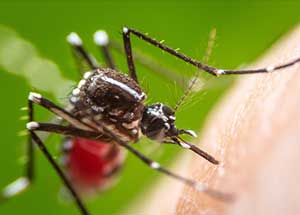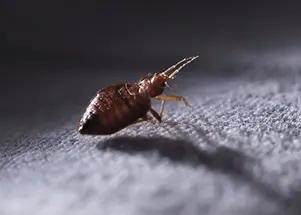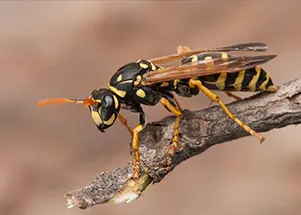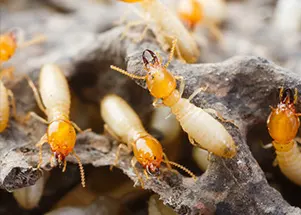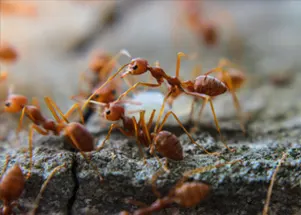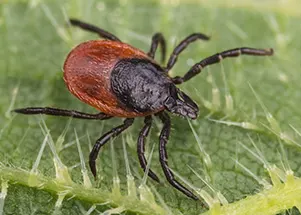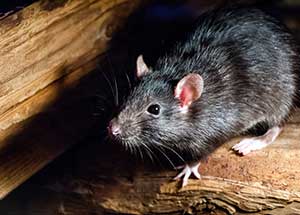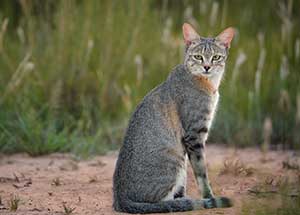The Bald Faced Hornet (scientifically known as Dolichovespula maculata) is a species of wasp in the genus Dolichovespula and a member of the cosmopolitan (The term "cosmopolitan" refers to something that may be found almost everywhere on Earth.) Vespidae family, which are also eusocial. A variety knows the bald-faced hornet of names, including bald-faced aerial yellowjacket, bald-faced wasp, bald hornet, white-faced hornet, black jacket, white-tailed hornet, bull wasp, and spruce wasp. It is not one of the actual true hornets in the genus Vespa. It's a species of yellowjacket wasp. Dolichovespula colonies contain 400 to 700 individuals, which is the largest known colony size in the species. It constructs a substantial hanging paper nest up to 58 cm (23 in) long and is notable for doing so. You do not want to upset this species, as invaders are vigorously fought by workers who sting repeatedly.





